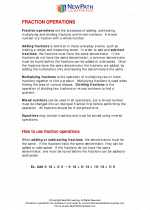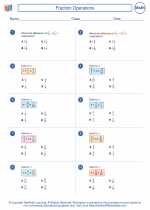Faces in Geometry
In geometry, a face is a flat surface that forms part of the boundary of a solid object. For example, a cube has six faces, each of which is a square. Understanding the concept of faces is important in visualizing and working with 3-dimensional shapes.
Types of Faces
There are different types of faces based on the shapes of the solid object. Some common types include:
- Triangular Face: A face that is in the shape of a triangle.
- Square Face: A face that is in the shape of a square.
- Rectangular Face: A face that is in the shape of a rectangle.
- Pentagonal Face: A face that is in the shape of a pentagon.
- Hexagonal Face: A face that is in the shape of a hexagon.
Counting Faces
To count the number of faces of a 3-dimensional object, you can use the following formula:
Number of Faces = Number of sides of the base shape × Number of base shapes
For example, a rectangular prism has 6 faces. It has 2 rectangular faces on the top and bottom, and 4 rectangular faces on the sides.
Study Guide
Here are some key points to remember about faces in geometry:
- Identify the type of face based on the shape of the solid object.
- Count the number of faces using the formula: Number of Faces = Number of sides of the base shape × Number of base shapes.
- Practice visualizing and drawing different 3-dimensional shapes to understand their faces better.
Understanding faces in geometry is essential for working with 3-dimensional shapes and solving related problems. Practice identifying and counting faces to strengthen your understanding of this concept.
.◂Math Worksheets and Study Guides Seventh Grade. Fraction Operations

 Worksheet/Answer key
Worksheet/Answer key
 Worksheet/Answer key
Worksheet/Answer key
 Worksheet/Answer key
Worksheet/Answer key
